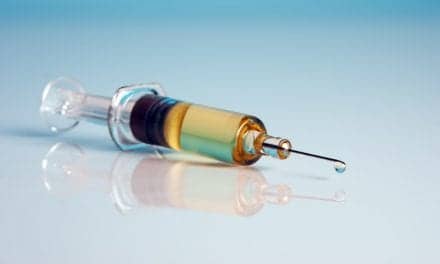Researchers at the University of Pennsylvania and Rutgers University have identified a biological pathway that may play a direct role in human asthma and airway hyper-responsiveness (AHR). The results of the study suggest that compounds that block the neuropeptide Y (NPY) molecule may be a therapeutic strategy for patients with asthma, particularly those who are unresponsive to standard therapies. The researchers tested human lung airway samples with NPY and found that it induced airway contractility and airway narrowing. However, the loss of NPY notably decreased.
The findings led researchers to believe that NPY causes AHR and that the molecule may have a significant causative role in human asthma, as indicated in a Lung Disease News report.
The research team conducted studies in mice and found that when certain genes involved in lung epithelial development is inactivated, it results in an asthma phenotype. The asthma phenotype is characterized by AHR without inflammation caused by specific immune cells that are involved in immune-induced asthma, according to Lung Disease News. The researchers also observed that the loss of these genes led to the overexpression of NPY, which is a molecule found in the airways of asthma patients, but whose role in disease pathogenesis remains unclear.
Dr Reynold A. Panettieri, one of the authors of the study, says, “NPY’s biological actions include stimulating the constriction of blood vessels. Previous research has linked variants of its gene to increased asthma risk, but NPY hasn’t been known previously to have a direct role in asthma.”
NPY inhibitors have been developed by pharmaceutical companies for other conditions such as obesity. The researchers believe that inhibiting NPY activity in people with asthma, in addition to treatment with inhaled medication, may help patients cope with the condition, specifically in those who experience little to no relief from current therapies. Panettieri says, “Testing whether these NPY inhibitors would help human asthma patients is an exciting next step in developing a new drug therapy for asthma patients.”
Source: Lung Disease News









